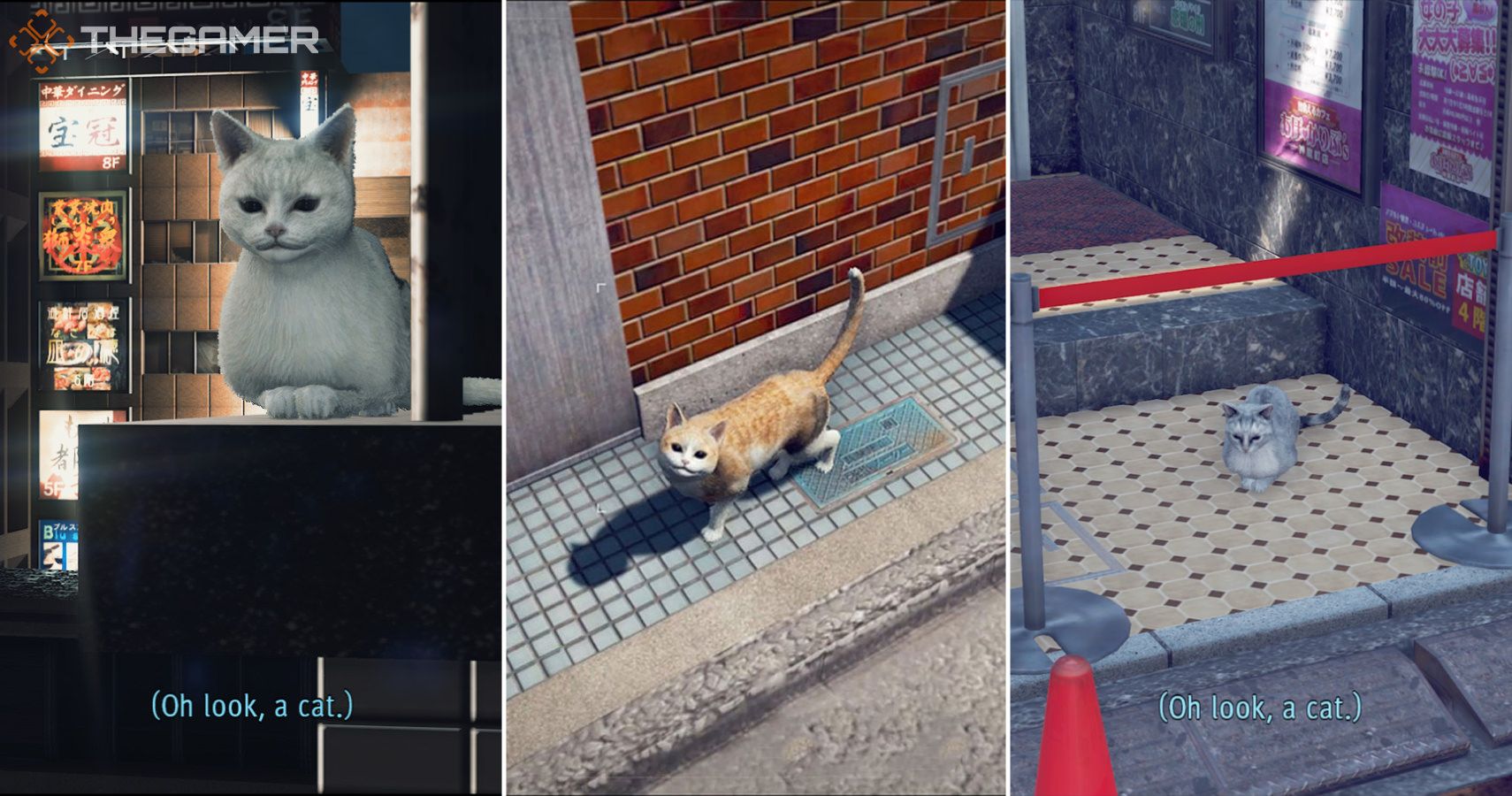
, as to whether “Lucy” is “Kisses." However, the Shelter defendants are correct that the plaintiff may not recover damages for the emotional harm she allegedly suffered from the loss of her cat.Ħ4 Misc. In ruling that the lower court properly denied the plaintiff's cross motion for summary judgment, the appellate court found that there are questions of fact, In this New York case, a cat owner brought suit against an animal shelter and its employee for their alleged misconduct in knowingly placing a champion cat stolen from her home for adoption by unidentified family. The court found that the bird found was the same as the one lost and it did not extinguish the original owner's right to possession by reverting to a wild state. The finder-plaintiff brought an action of replevin to recover possession of the parrot. The court held the shelter owed a duty to give the dog back without sterilizing it and affirmed a finding of negligence.Ī parrot flew away from its original owner, was found and adopted by the plaintiff, and subsequently seized by the ASPCA for return to the original owner. The shelter gave it back but sterilized it first despite the owner's wishes that it not be sterilized. The owner of a lost dog found the dog in an animal shelter and asked for its return. The shelter's placement of the dog with a new family was invalid because the shelter agreed that it would hold the dog for a certain period of time. The adoption of a dog was invalidated and the court ordered its return to the original owner. This court held that private parties trapping a stray cat were not liable for conversion because local ordinances permitted animal shelters to hold stray cats.Ģ006 WL 205097 (N.J.Super.Ch.,2006) (not reported in A.2d) Plaintiff sued neighbors who trapped cat outside and brought it to an animal shelter where it was euthanized. Because the employee was not an innocent bystander but rather was attempting to exercise control over the bull at the time he was injured, he fell within the Act's definition of an “owner” of the bull. The Appellate Court held that the employee could not recover under the Act, which protects members of the general public who cannot be expected to appreciate the risk posed by an animal. Do your best to make a judgment that takes both its appearance and behavior into consideration.After a farm employee was injured in an all terrain vehicle (ATV) while trying to round up a bull, he sued the farm owners under the Domestic Animals Running at Large Act.
#LOST JUDGMENT CATS HOW TO#
It does not act hungry because it knows how to find its own food, but it is not as well-nourished as a pet cat would be. It’s possible this cat is feral and has always lived outdoors.


It’s possible this is a stray cat that has not been lost very long, but is hungry because it is not used to hunting its own food in the wild.

For example, maybe the cat appears to be well-nourished-you cannot see its ribs and it appears to be at a healthy weight-but it also seems very hungry. These factors can be tough to analyze, however.Is the cat skinny and malnourished? Is it injured? Does it seem to be in distress? These can all be indications that the cat is a stray and is unable to find the food or help it needs. Another clue to whether or not a cat is a stray is its general health.


 0 kommentar(er)
0 kommentar(er)
